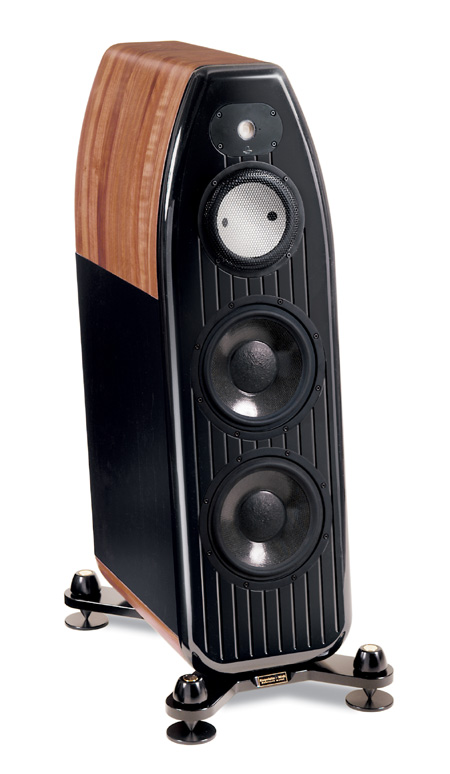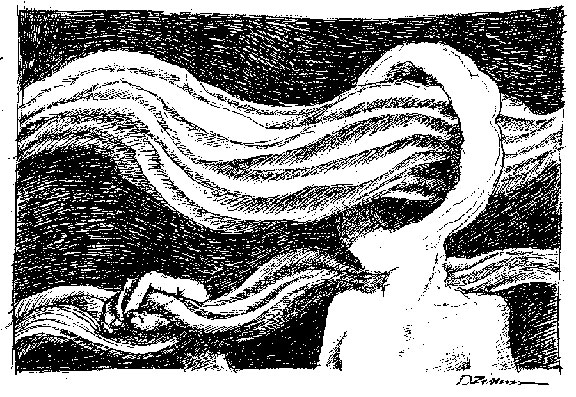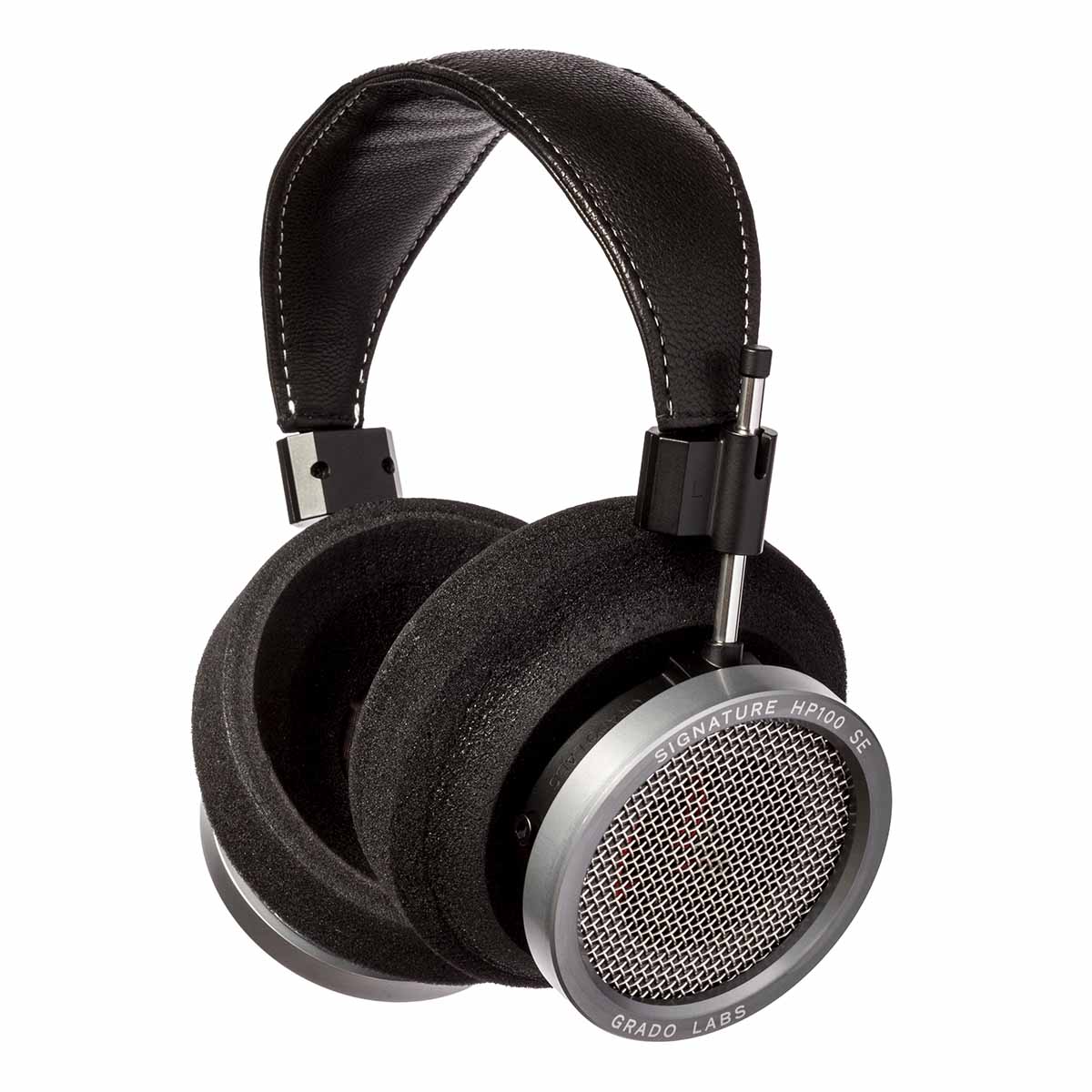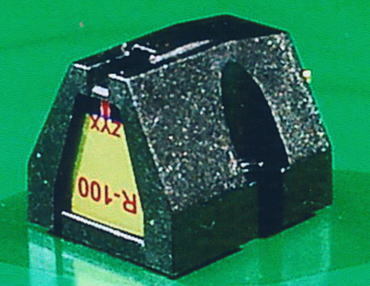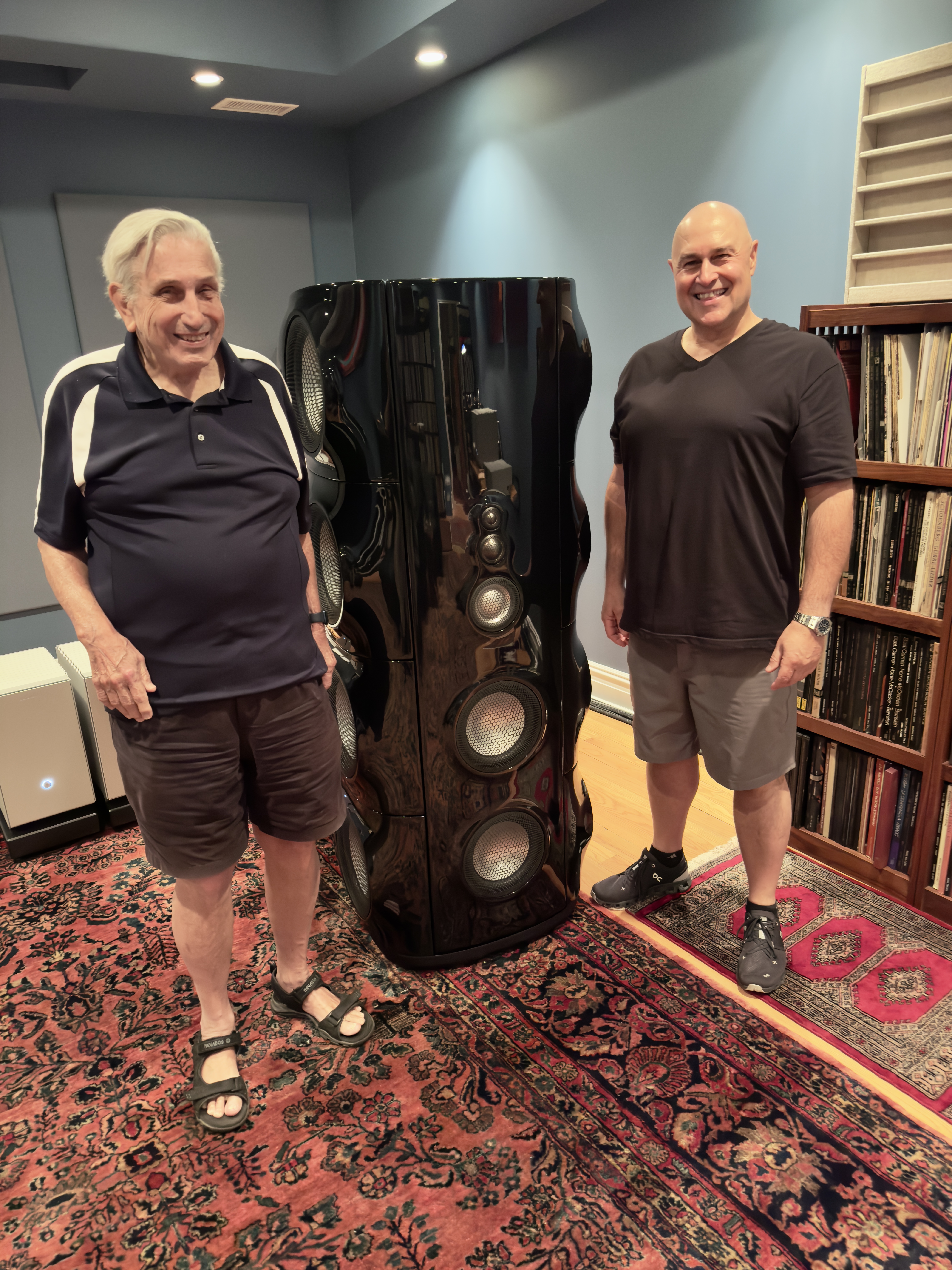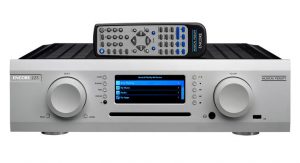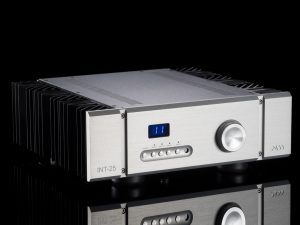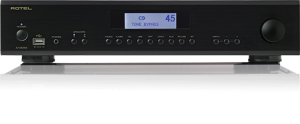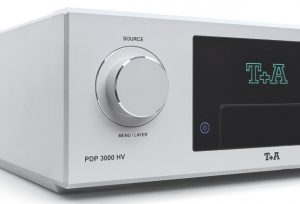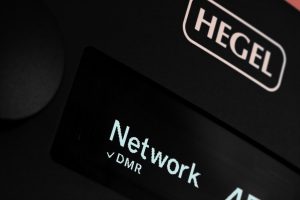The following review has been submitted by guest reviewer, Miguel Barrio.
Boazu vs Ongaku: David or Goliath?
Ever since I was a kid I have been fascinated by machines. When I was 6 years old I rewired my nightstand lamp. My mother freaked out thinking I would die from an electric shock. Sure enough, by the age of 10 I had been shocked 5 times, and by then I felt a familiarity with electricity, a sort of friendship. My love of music and audio started from the machines that reproduce it. I had a small all-in-one record player. I was fascinated by the idler-wheel drive and that it would produce decent sound out of reading these undulations on a vinyl record. My dad had a big Grundig console on which he played Mozart, Beethoven, and all manners of Spanish music. I was mesmerized by the size and fullness of its sound, a whole different experience from my small rig.
Once I got to graduate school I was able to buy a decent stereo. This included a Sony CD player, a Rega Planar 2 turntable, Adcom electronics, and Paradigm speakers. Through this gear I got deeper into many genres of music: jazz, classical, electronica, and pop. Good gear allowed me to discover and appreciate new music! From 1994 until 2013 this was it for me. In 2013 I made a big change—I got an Audio Note Kondo Ongaku amplifier, Avantgarde Duo Mezzo speakers, and a nice DAC. Later on I moved to a dCS Rossini DAC. This provided a bigger, clearer view into the amazing world of music, and it drove me to discover and appreciate it even more.
Looking back I can't help but think: What is it about this very high-end gear that is revealing all these nuances in music? And more importantly, can you experience this level of insight with lower-priced gear? Finding some answers to this question is the motivation of this review—whose subject is the Lejonklou Boazu integrated amplifier. Of course, it would make no sense to compare my Ongaku to the Boazu using the Avantgarde speakers since the speakers are worth about 20x the price of Boazu. So for this purpose I obtained a pair of Tekton Impact monitors to pair with Boazu.
Both Ongaku and Boazu have similar power ratings: 27 W/ch for Ongaku vs 40 W/ch for Boazu (both into 8 Ω at 1 KHz). Ongaku is paired with Avantgarde Acoustic Duo Mezzo horn speakers. These speakers are three-way horns with the bass horn being self-powered. The original Avantgarde Duo speaker was reviewed by Martin Colloms in Stereophile in June 1998. The Boazu is paired with Tekton Impact monitors—reviewed by Herb Reichert in the August 2018 issue of Stereophile and a Recommended Component. The Impact monitors are large three-way monitors whose relatively high sensitivity (rated at 94 dB at 1m with a 2.83V input) make them a good match to Boazu.
One might expect the gap between the sound of these two systems to be insurmountable. However, the story is a lot more nuanced than that. Read on!
The Lejonklou Boazu
Fredrik Lejonklou is the founder and chief mastermind of the namesake Swedish firm. Their first commercial product, the Hudik phono stage, was introduced in 2005. According to their website: "… the secret behind making wonderfully musical systems is to optimize as many details as possible."
The Boazu integrated amplifier was first conceived in 2015. It included a phono input and headphone, pre, and fixed line-level outputs. Fredrik found that removing features and complexity resulted in better sound. Now in version 1.3 he calls it a "ZERO feature" design. The design improvements in Boazu have percolated up the chain to the higher end components.
The front panel of Boazu includes just three push buttons: volume down, volume up, and mute. A multicolor LED in the center indicates the states of the unit: colors change with the volume setting, and flash when mute is engaged. The back of the unit includes four RCA single-ended inputs and one banana-style speaker output per channel. A standard IEC power socket completes the back panel. The four line-level inputs act as one—there is no source selection. Fredrik found this to sound the best [1]. The volume control is a precision resistor ladder driven electronically with 100 1 dB steps. The only indicator of volume level is the color of the front LED.
The amplifier topology is class-AB, with some proprietary tweaks I am told. The power supply is a dual switching-mode design, with separate supplies for positive and negative rails. The output power is 40 W/ch into 8 Ω at 1 KHz, as previously mentioned [2]. At the time of this writing, the Boazu price is $4195.
Setup
The Boazu was paired with the Tekton Impact monitors. The Impact is a large monitor: 2 feet high and 43 lbs in weight. Their rated input impedance is 4 Ω and their rated sensitivity is 94 dB at 1 m (with a 2.83 V input signal). The driver arrangement is unusual: Two 6.5 inch bass drivers flanking a set of seven tweeter-looking drivers. Only the center driver is used as a tweeter, the surrounding drivers are used as a distributed midrange with a proprietary cross-over design to make the system blend properly. A nice set of Cardas binding posts rounds out the design. Finally, a pair of Pangea DS-400 24-inch stands were used to get the Impacts to a proper height. Once on the stands, the tweeter was at about 3 feet from the floor and well aligned with my ears in the listening position.
My Ongaku is paired with Avantgarde Duo Mezzo speakers. Their nominal input impedance is rated at 18 Ω and their sensitivity at 107 dB at 1 m (with a 1W input signal). The Duo Mezzos include two horn drivers as well as a powered "bass-horn." The large horn unit at the top of the speaker covers the midrange, down to about 100Hz, while the smaller horn takes care of the high frequencies and the powered "bass-horn" deals with the bass from about 120Hz on down. Notice that this is not the same as having a subwoofer: bass comes entirely from the bass-horn, there is no bass driver to blend with. The speakers sit on custom Symposium Super Plus platforms.
The source in all cases was my dCS Rossini DAC with a dCS Rossini Master Clock, and a mac mini running Roon. A variety of speaker and interconnect cables were at hand, but as you would expect, in this type of comparison the subtle differences cables could bring about are of much smaller magnitude than the system differences.
The space in which all this lives and breathes, my listening room, is approximately 24 feet by 36 feet in size. I have large soft couches upholstered in fabric and a long hair shag rug. The room has a fundamental mode at around 35Hz which is not very sharp as the room has varying dimensions and the windows on the left are at an angle of about 15 degrees, further blurring the dimensions of the space. High frequency reflections are tamed by the rug and the asymmetry of the furniture placement. Finally, the listening position is roughly in the middle of the room, with speakers firing into the long dimension. All speakers were positioned relatively far from walls, at least about 6 feet from any wall.
Sound Dimensions
When we first encounter a sound reproduction system, it is natural to evaluate it in various dimensions: "Is the bass extended?" "Is it dynamic?" "How do voices sound?" In the spirit of defining these qualities more precisely, I have come up with eight Sound Dimensions that comprise what I look for in a system's performance: Bass and Treble Extension; Density; Complexity Resolution; Dynamic Muscle; Pace Rhythm and Timing; Soundstage; Tonality; and Vocal Presence. I will say from the outset that these dimensions are a good framework to characterize a system but ultimately it is how all of these come together that makes or breaks the end result.
Lets start from the bottom: Bass. The Avantgardes have a powered bass-horn and as such they have deeper sub-bass extension. I would estimate that they can reproduce sound down in the 20-30Hz region with ease while the Tektons are rated to go down to 40Hz. The Tektons' bass is substantial, well controlled, and extends deep enough to fully flesh out an upright bass or a piano. The upright bass in Tsuyoshi Yamamoto's "Midnight Sugar" from the namesake album (DSD rip from FIM SACD 035) was meaty and controlled in both systems. Similarly, Patricia Barber's piano in "All In Love Is Fair" from Clique (24/352.8 AIFF from NativeDSD) sounded articulate and complete. Where Boazu+Tektons fall short is with tracks that require subterranean bass to shine. Moby's "Flying Foxes" from Play: The B Sides (16/44.1 CD rip) is a great example: played on Ongaku+Avantgarde at copious volume levels is a journey into another dimension. As for Treble, Boazu is extended, clear, gentle, and well mannered. By comparison, Ongaku tends to be a tad rolled-off in the highs while Boazu seems truer, flatter to source. Even playing over the Avantgardes, Boazu showed a bit more energy in the treble than Ongaku, but was never harsh or over-filigreed.
What about Density? Listening to Cigarettes After Sex's "Apocalypse" from Cigarettes After Sex (16/44.1 CD rip), the Boazu+Tekton give the presentation, especially synthesizers, gorgeous tone and ambience—much like full fat vs skim milk. The Tektons are remarkable in this regard, having a seamless transition from the midrange to the bass. Similarly, on Brian Eno's "An Ending (Ascent)" from Apollo: Atmosphere's & Soundtracks (16/44.1 CD rip from the 2019 remaster) my room is magically filled with harmonics and sparkle. Both systems render this track in 3D space, Ongaku edging Boazu by a small amount in terms of immersion in the soundstage.
Being from Argentina, I am obsessed with tango and, in particular, with the music of Astor Piazzolla. The 12 Berlin Cellists album Hora Cero (24/96 Qobuz) is a brilliant example of taking Piazzolla's music in an orchestral-style direction. The track "Libertango" stands out: I have listened to it in many high-end systems and it often sounds messy and unfocused. Not so on Boazu+Tekton: The cellos are beautifully resolved in space and tone with a presentation that in some ways is even better sorted than Ongaku+Avantgarde. This is Complexity Resolution. Similarly Moby's "Natural Blues" from the new album Reprise (24/48 Qobuz) is a very densely packed musical performance that is rather hard to present properly. Boazu+Tekton does a very good job sorting the complexity here though Ongaku+Avantgarde truly brings it home.
Dynamic Muscle is where horn speakers really shine. Ongaku+Avantgarde is able to swing from small micro-dynamics to large transient levels with speed, effortlessly. The Boazu+Tekton delivers much more than you would expect from a box-style speaker. It is possible that the tweeter array, acting as a low mass midrange driver, gives it such speed. Mark Nauseef's "a Slug on the Rug" from With Space in Mind (16/44.1 CD rip, MA Recordings) displays an incredible array of dynamic contrasts, both in the bass and upper midrange that few affordable box speakers can reproduce with poise. Similarly, Kristian Zimerman's "Les Collines d'Anacapri" from Claude Debussy: Preludes (16/44.1 CD rip, DG) is a stunning example of both the dynamic range of Boazu+Tekton, also showing how well integrated the various frequency ranges are in this speaker, giving the piano speed, color, fullness, and decay.
Let's move on to some grooving tracks. Nina Simone's "Mood Indigo" from Little Girl Blue (DSD SACD rip, Analogue Productions, 2015 remaster) has undeniable propulsion: it will get your mind, shoulders, arms, and torso in motion. This is the realm of the proverbial British PRaT: Pace, Rhythm, and Timing. And let me tell you about "Tramp!"—Otis Redding and Carla Thomas' track from On the Dock of the Bay (Mono) (24/192 Qobuz): I'm a lover! Both systems feel alive here. As expected the deeper bass reaches of Ongaku+Avantgarde adds body to the presentation, but Boazu+Tekton delivers great enjoyment.
Soundstage is an interesting aspect and one where the two systems differ in character. The most notable difference is due to the speaker type. The Avantgarde horns present much of the soundstage in the space between the speakers and the listener. Singers will be right in front of you and soundstage depth past the speaker plane is not as pronounced. Box-style speakers tend to produce a soundstage that is further back, one that starts closer to the speaker plane and extends past it. This difference was evident when paring Ongaku with the Tektons and Boazu with the Avantgardes. The amplifier differences in presentation were comparatively more subtle. Playing Boazu on both the Avantgardes and the Tektons produced a precise soundstage, one that started closer to the speakers and was sharper than Ongaku's. The best description I can come up with is that Boazu had a "steadier hand" rendering the instruments in the soundstage compared to Ongaku. With Elvis' "Fever" from Elvis Is Back! (DSD rip from SACD, Analogue Productions) Boazu+Tekton produced a realistic, highly resolved soundstage. However, playing Moby's "Stella Maris" from Destroyed (16/44.1 CD rip) on Ongaku+Avantgarde is like suddenly jumping in the ocean and seeing schools of fish swimming all around you. The bigger system produces a psychedelic experience that Boazu+Tekton does not quite replicate.
Reproduction of the Tonality of piano is something few systems do convincingly. Boazu+Tekton was able to fully flesh out the notes, giving piano rendition a healthy amount of impact, body, resonance, and decay. Milcho Leviev's "B Minor" from Man from Plovdiv (16/44.1 CD rip MA Recordings) is a great example of a full scale piano solo recording that is done justice by Boazu+Tekton, within spitting distance of what Ongaku+Avantgarde can do. Ottmar Liebert's "Not One, Not Two" from One Guitar (24/96 HD Tracks) displays rich color, attack, and decay on both systems. I feel compelled to say that Boazu's tonality is truer to source than Ongaku which produces somewhat of a technicolor presentation.
Last but certainly not least: Vocal Presence. Ongaku+Avantgarde produces a vocal presentation where the singer is right in front of you, up close. This is largely a property of the horns although Ongaku had a tendency to bring it closer to the listener than Boazu, which was a little farther away in soundstage presentation even with the Avantgardes. Here the differences in high frequency extension were more evident, Boazu producing a bit more sparkle and shimmer than Ongaku, but never overly sibilant or edgy. This was particularly clear in Norah Jones' "Turn Me On" from Come Away With Me (DSD rip from SACD). Rebecca Pidgeon's "Spanish Harlem" from The Raven (24/96 Chesky Records) is another example of Boazu+Tekton producing full bodied, cohesive, and natural vocal reproduction.
Conclusion
I was intrigued by the Lejonklou Boazu ever since some of my audiophile friends mentioned this henceforth unknown to me brand from Sweden. I also find a minimal, purist design appealing. But the ultimate question is whether such a system would bring a level of enjoyment that transcends the run of the mill audio experience.
It is perhaps natural to assume that the gap between Boazu+Tekton and the much more expensive and large Ongaku+Avantgarde would be insurmountable. Yet, this small amplifier and speakers proved to be able to deliver sound that was remarkably close in quality and character to the bigger setup. Piano sounded realistic, full-bodied, resonant, and with a natural decay. Voices were present and inviting, guitar plucks grabbed your attention and percussion had effortless depth and impact.
Boazu+Tekton delivered nuance, precision, and an overall cohesive sound that is fun, engaging, and draws you into the music. It is detailed, probably more so than Ongaku, while still being smooth and engaging. Compared to the sound of integrated amplifiers around its price point, it sounded more relaxed, effortless, and precise than most of what I have listened to over the years.
Boazu and Ongaku are more similar than they are different. Boazu is like a younger, less flamboyant brother. It is scale where they differ, Ongaku being able to be bigger and bolder, a bit like David and Goliath. Both systems share the core of what audio reproduction is all about: delivering the musical performance in an engaging way, drawing your mind and soul into the musical creation. If I were to set up a system in a smaller room where the Avantgarde horns would be oversized, the Boazu+Tekton combination would be at the top of my list.
Associated Equipment
- Source: dCS Rossini DAC, dCS Rossini Clock, Mac mini with UptoneAudio JS-2 linear supply, 4TB SSD for local files; Roon playback over the network to Rossini.
- Integrated amplifier: Audio Note Kondo Ongaku
- Loudspeakers: Avantgarde Duo Mezzo
- Cables: Power: Audio Note ACz-Avocado Silver (Ongaku), Shunyata Venom (DAC, Clock); Line-Level: Audio Note KSL-LPz Silver RCA-RCA interconnect (DAC to amps); Speaker: Audio Note SPz Silver, DIY (Canare 4S11 terminated with soldered silver z-plug bananas); Power strip: DIY (rhodium power plug, DHLabs Power Plus 12awg power cable, Solid 10awg copper to hospital-grade sockets)
- Accessories: Solid-Tech Rack-Of-Silence rack for equipment; Custom Symposium Super-Plus platforms under the Avantgarde speakers
- Room: 24 ft x 36 ft
[1] Fredrik explained all inputs see a 10 kΩ load impedance, avoiding interactions between sources. However, sources with high noise floors – e.g. some phono stages – should be turned off when not in use.
[2] I should mention the output stage produces a thump when the amp is turned off.
Boazu Integrated Amplifier
Retail: $4195
Lejonklou HiFi











